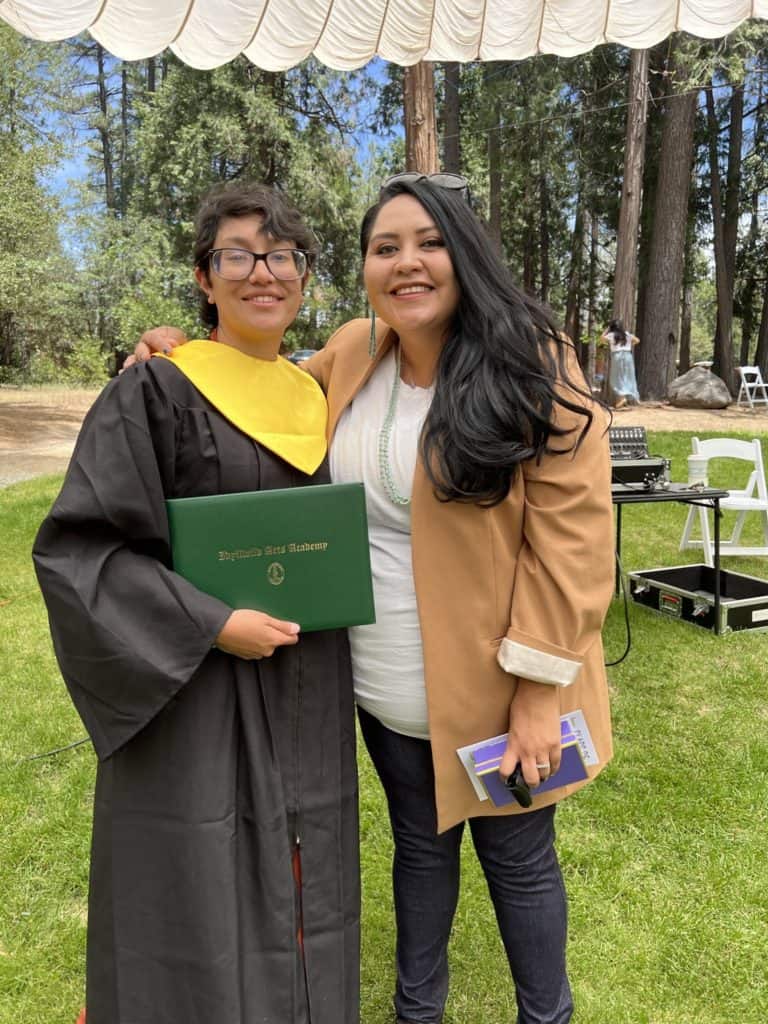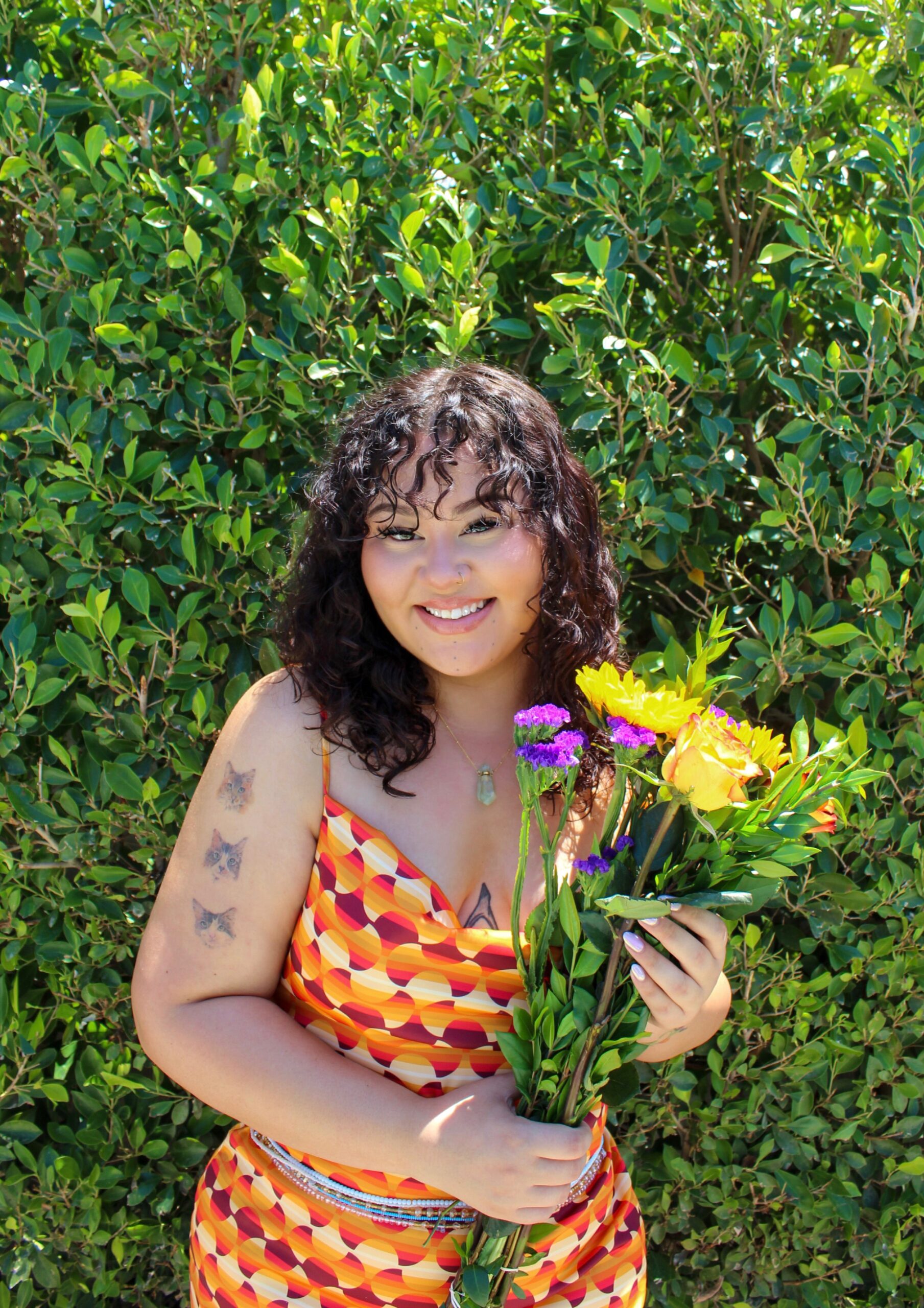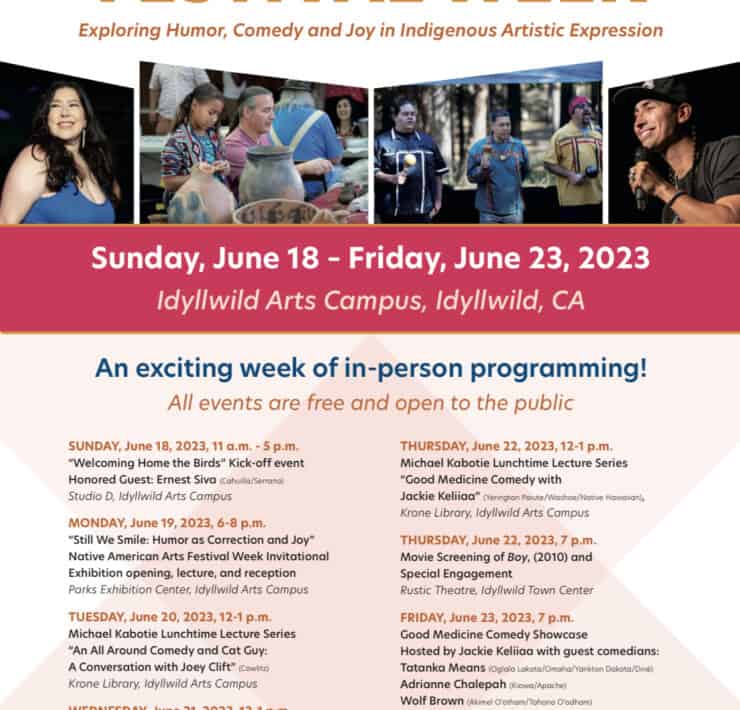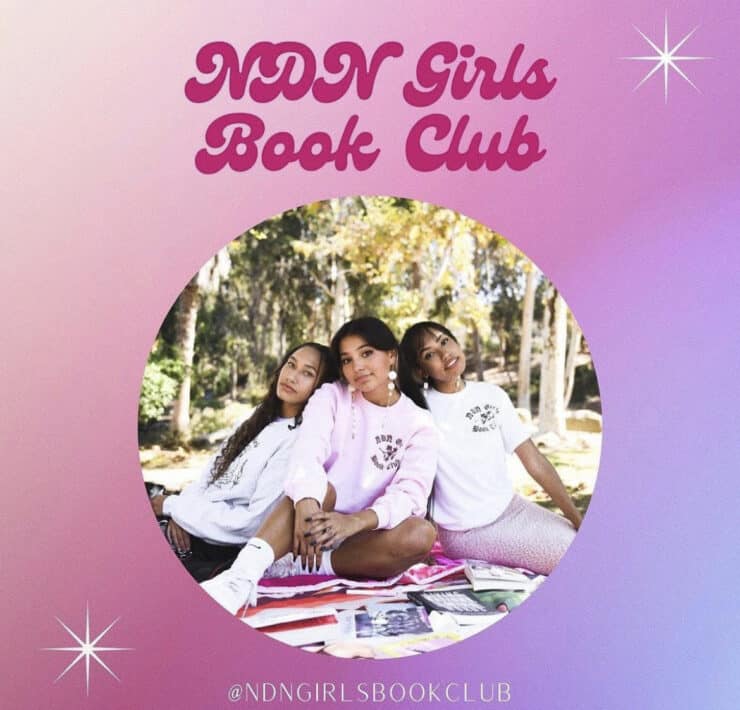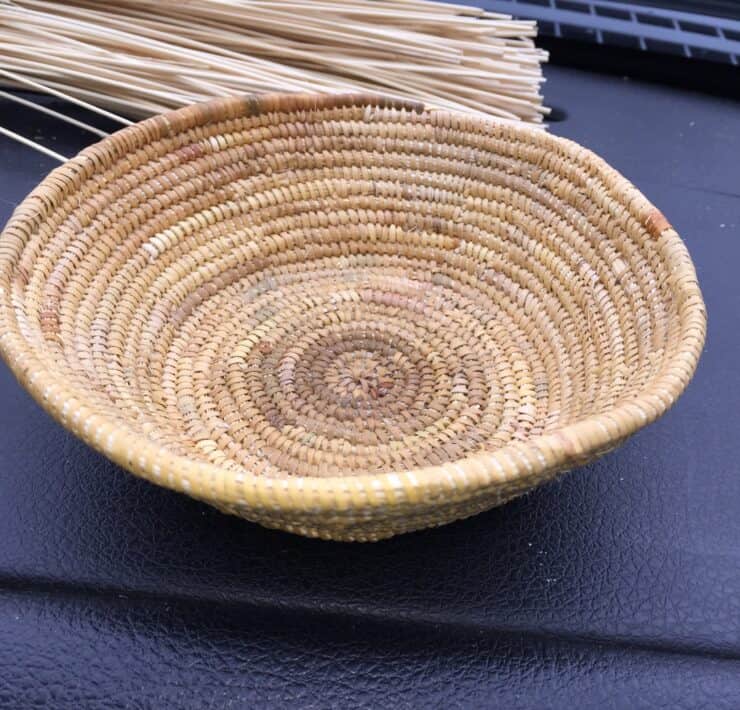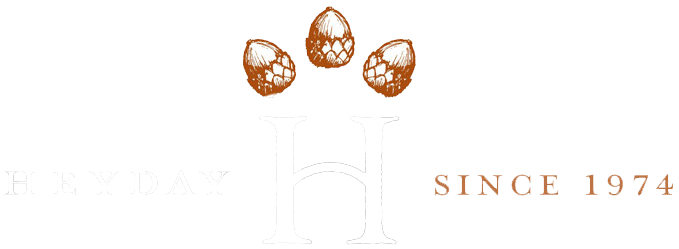
By Emily Clarke
I first stepped onto the Idyllwild Arts Campus when I was in the midst of my first year of life. Maybe stepped is the wrong word. When I was around one, I was wheeled onto the Idyllwild Arts Campus in a stroller pushed by my mom. Around the same time, Shaliyah Ben (Director of the Native Arts Program) was attending summer camp at the academy as a teenager. My dad, a prominent Cahuilla visual artist, began teaching classes at the academy in the summer of 1999, and the two of us have been involved on campus ever since. As I grew older, I remember driving up the mountain to Idyllwild Arts from our home on the reservation to Bird Sing and Dance, participate in cultural classes, and even attend summer camp. When I was fourteen, I began studying Creative Writing at the Academy and graduated from the program in 2018. Each summer since then, I became more and more involved with the Native Arts program, and now, I work with Shaliyah Ben to help teach and facilitate classes, events, and conversations centered around Native Arts, social justice, and cultural revitalization.
The Native American Arts Summer Program at Idyllwild Arts takes place over the span of three weeks every summer and consists of various hands-on workshops, lectures, and events for participants to enjoy. The most recent session of the program offered classes such as Cahuilla Basketry, The Beaded Medallion, New Native Cooking, and Hopi-Tewa Pottery. The program strives to not only revitalize traditional art forms such as basketry, but encourage self expression for all people and recognize the ever-changing and evolving act of making art in an Indigenous-concious and centered way. Although much of the program’s focus is on the summer session, Shaliyah Ben, a member of the Navajo Nation with an extensive cultural, educational, and professional background in Native Arts, has made it her mission to introduce Native Arts to the academy throughout the school year as well. Shaliyah provides Indigenous lead workshops, masterclasses, lectures and performances for Idyllwild Arts Academy and the community at large. Shay began working as Assistant Director in January of 2019 and has since been promoted to Director.
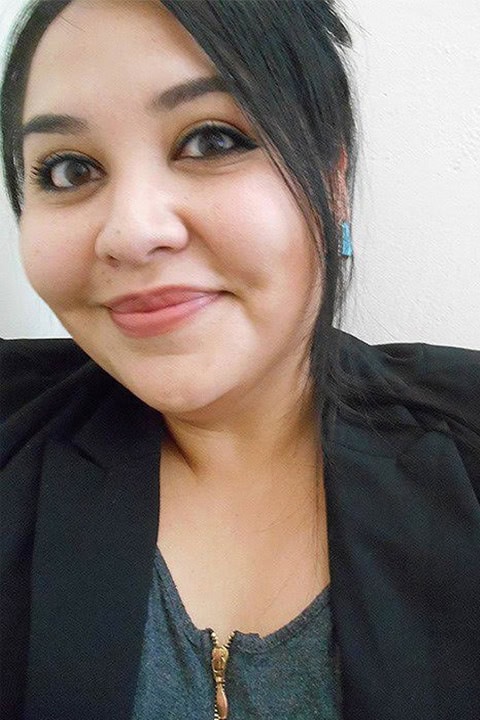
“Indigeneity in the arts is often othered,” Shay says to me while slicing fresh strawberries next to a pan of sizzling breakfast potatoes. We are in her kitchen, where she is cooking a full breakfast of potatoes, spam, bacon, eggs, and waffles with fresh strawberries for my sister and I after a successful girls night. Just hours before, we sat around a table on her back deck playing “Cards for Decolonization,” a Native-themed game similar to Cards Against Humanity, while simultaneously critiquing institutions, making fun of ourselves, and reminiscing about memories from our own experiences of being Native in the world we currently live in. If there is one thing I know for sure about Shaliyah, it’s that she is never scared to tell it how it is. Honesty, however brutal it may be, is something the two of us have in common. When asked about the biggest challenge she’s faced within her career, Shay laughs, “I’m expected to be everyone’s Indian.” I nod. Enough said.
If you’ve ever been on the Idyllwild Arts campus, you know how truly beautiful it is. Amidst pine trees, wild flowers, and the occasional squirrel or rabbit, the campus is made up of cabin-esque classrooms, large concert halls, and plenty of space to spend time outdoors. The campus is situated on the traditional homelands of my people, the Cahuilla Band of Indians. The meadow, a sunny field of grass, manzanita trees, and large boulders, has been a traditional gathering place for the Cahuilla people for millennia. Each boulder is adorned with bedrock mortars made from generations of grinding acorns. In an act of cultural revitalization and reconciliation, Shaliyah has gained the support of the Idyllwild Arts Foundation and Board to protect the meadow in perpetuity, meaning, the meadow is “off-limits,” for anything other than appropriate cultural gatherings and traditional restorative practices. Over the four years she has been employed at IAF, Shay has worked tirelessly to cultivate relationships with local Cahuilla people, artists, and families as well as inviting them to spend time in the meadow making art, gathering traditional materials, and enjoying each other’s company.
“I’m more than a workshop host,” she says, “I’m working to support bringing Cahuilla people back to a sacred place they’ve occupied for thousands of years.”

Shay’s newest project is the opening and launch of a new Native American Arts Center that will be located near the meadow and work towards fostering relationships between IAA and prominent Native artists. The IA Native American Arts Center aspires to be a leader in advancing, teaching, and promoting Indigenous Arts by engaging with Native American artists and scholars to provide year-round learning opportunities for all. The center will include a studio, gallery space, classroom space, performance space and administrative offices. The center will also be able to host Native artists at the academy year round for masterclasses, workshops, and artist residencies. Many institutions are beginning to embrace things like land acknowledgements in order to satisfy the recent trend of recognizing Native peoples to satisfy their own guilt or image. Shay believes that action must come from acknowledgement, and creating relationships between tribal people and institutions removes the “trend” from the equation. The new Native American Arts Center is only a single act in a series of bold movements Shaliyah has made towards healing and reframing the connection between Idyllwild Arts Academy and Native (especially Cahuilla) people.
Shaliyah calls a land acknowledgement a “promise.”
“A lot of institutions ‘talk the talk,’ but what is the land acknowledgement for if you don’t do the work,” Shay says.
The world we live in today is one that constantly inflicts trauma by conditioning us to be numb to violence, racism, and general hatred. Everyday we wake up, there is a new headline that consumes us, isolates us, harms us. With recent events such as the Covid-19 pandemic, the overturn of Roe V. Wade, and the rise of extreme gun violence in the United States, it has become clear that we are living in a time period that will be historically important in the future. Today is tomorrow’s historical trauma. Intergenerational violence is no stranger to Native people, and our relationship with institutions is rooted in violence. However, Indigenous people have been working towards creating a world in which our future generations can thrive for centuries and continue to do so. Creating art and cultivating a resurgence of traditional knowledge is part of our healing process as well as our ongoing creation story. Art, when practiced in a communal way, promotes kinship, creativity, and emotional release. Shaliyah’s work at Idyllwild Arts encourages students, young and old, to give back to their communities (and to themselves) through the creation process. Whether someone is learning to weave baskets alongside their mom and grandmother or beading a portrait of their favorite TV show character, making art is a traditional form of healing and expression for Native people.
“We as a people are hurting these days,” Shay says, pouring a few glasses of orange juice, “but we can make it bearable with and through art.”
